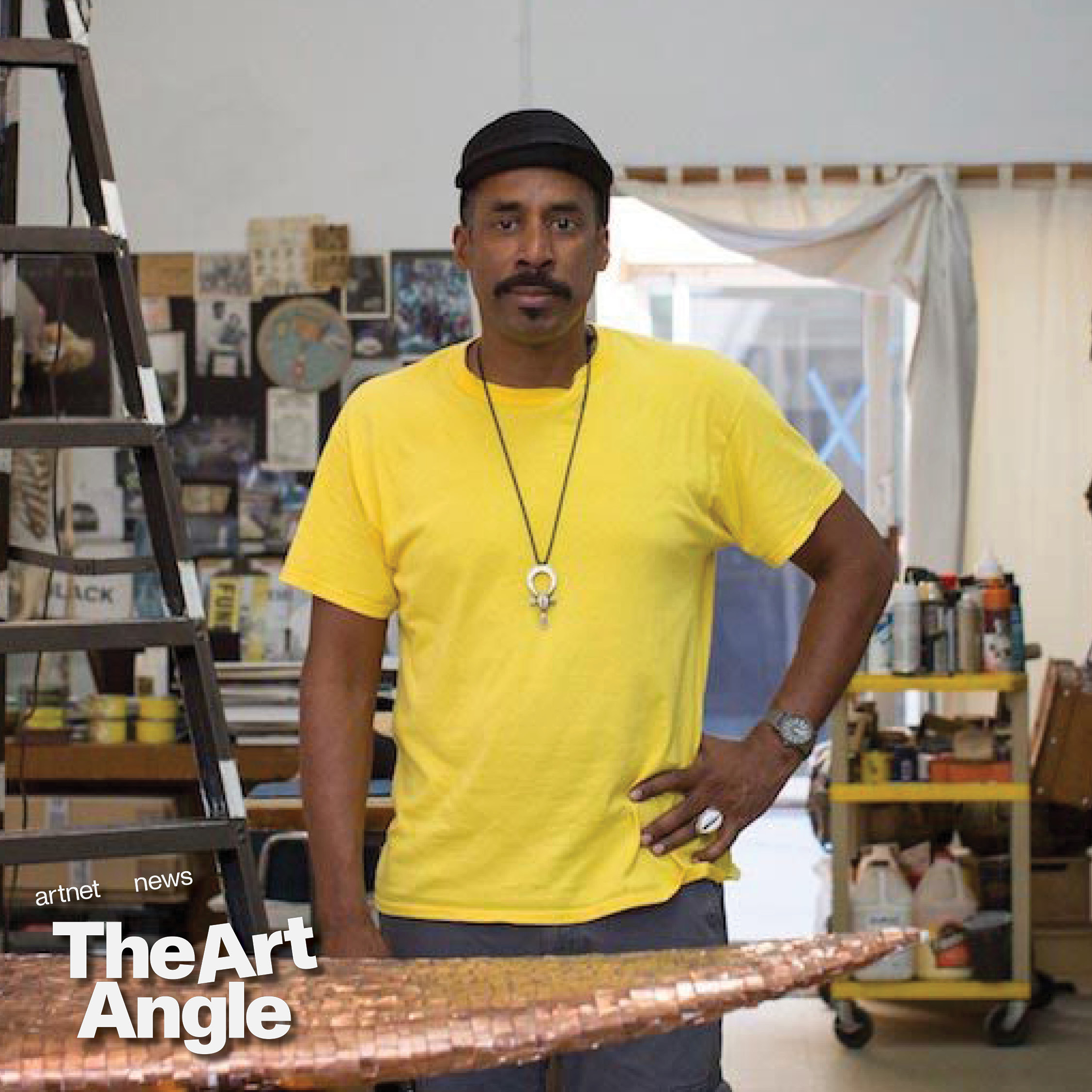
Welcome to the Art Angle, a podcast from Artnet News that delves into the places where the art world meets the real world, bringing each week’s biggest story down to earth. Join us every week for an in-depth look at what matters most in museums, the art market, and much more, with input from our own writers and editors, as well as artists, curators, and other top experts in the field.
The Jamaican-born, Harlem-based artist Nari Ward was barely out of his 20s when he exploded onto the New York art scene in 1993 with Amazing Grace, an extraordinary installation of 300 baby strollers he found abandoned around Harlem.
The work, installed in a dimly lit former firehouse, resonated with audiences as a startling and humble commentary on the seemingly endless crises plaguing New York: the AIDS and crack epidemics, rampant homelessness, racial violence, and a city on edge after the Crown Heights and City Hall riots.
In the nearly 30 years since, Ward has maintained his role as one of our mourners-in-chief, and his latest exhibition at Lehmann Maupin in Chelsea is no exception. The show, titled “I’ll Take You There; A Proclamation,” again taps into musical and cultural history to offer a dignified yet sobering reflection on the Covid pandemic and its devastating fallout of economic inequality, political instability, and profound loss.
More than anything, the brilliant new exhibition, which continues Ward’s use of discarded objects found on the streets of the city, suggests that none of us—not even Ward—knows exactly where we’re headed next. To get a sense of the show, we called in Artnet News managing editor Pac Pobric to get the artist’s take on his remarkable new work.
Listen to other episodes:
The Secret Codes of World-Class Art Auctions, Demystified
Is the Venice Biennale Any Good? Here’s What Three Art Critics Think
‘Assimilating Is Very Dehumanizing’: How Afghanistan’s Artists Are Making Their Way in Exile
‘Visibility Means Survival’: How the Art World in Ukraine’s Besieged Capital Is Fighting Back